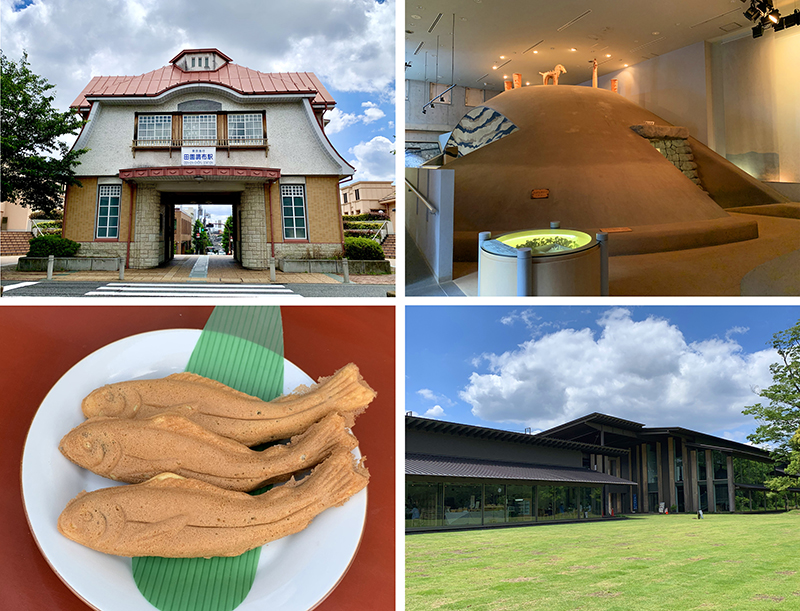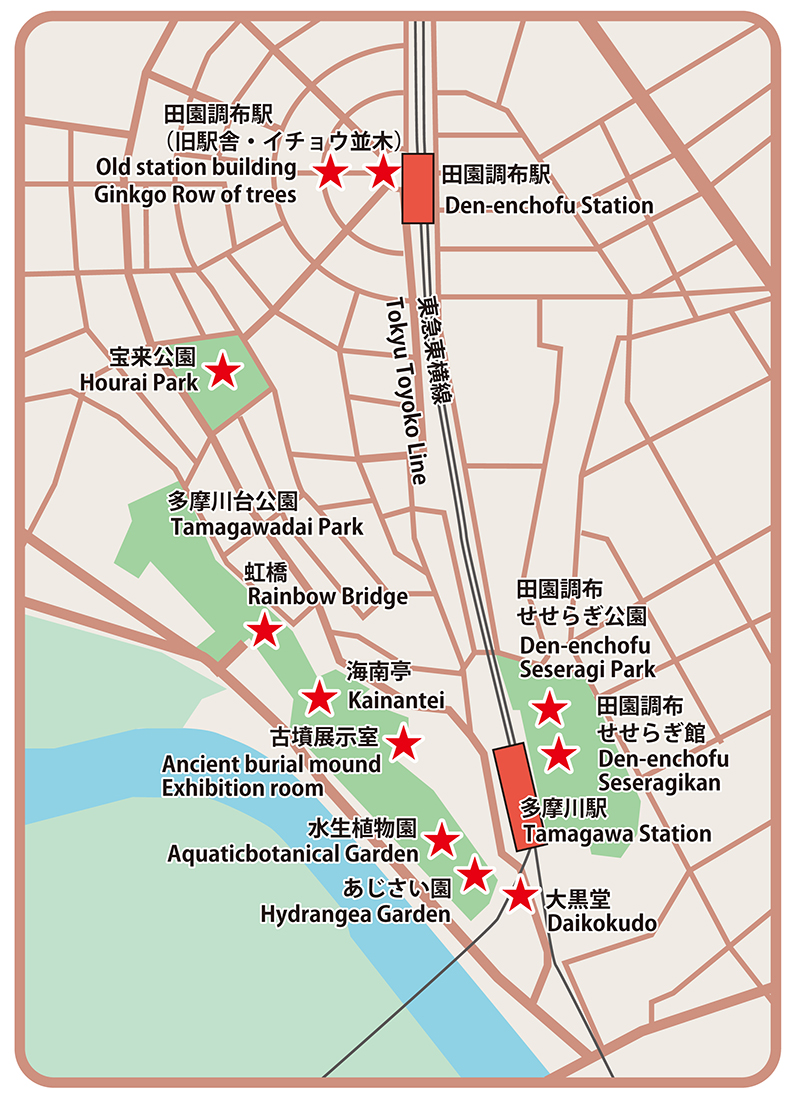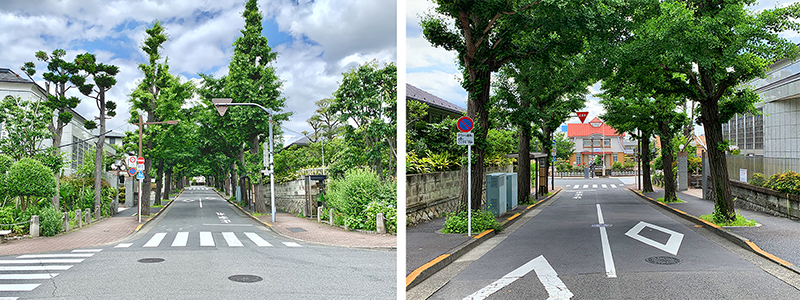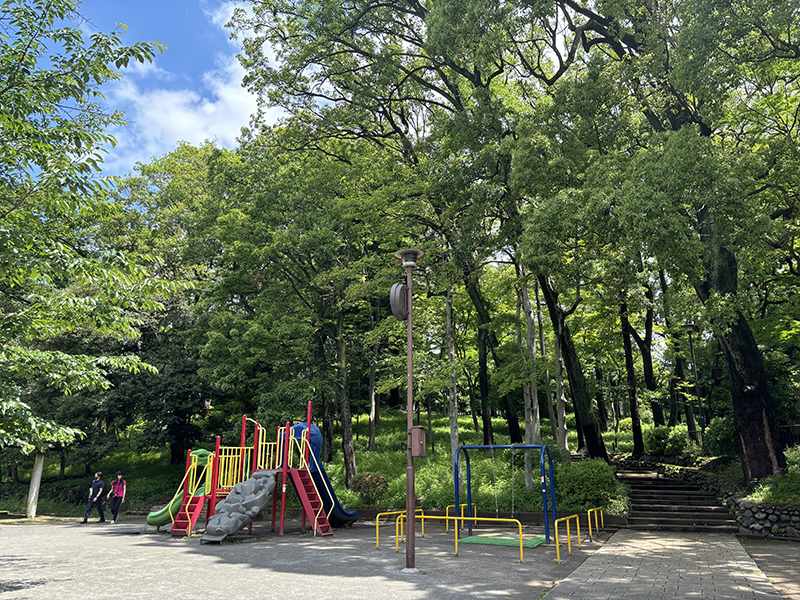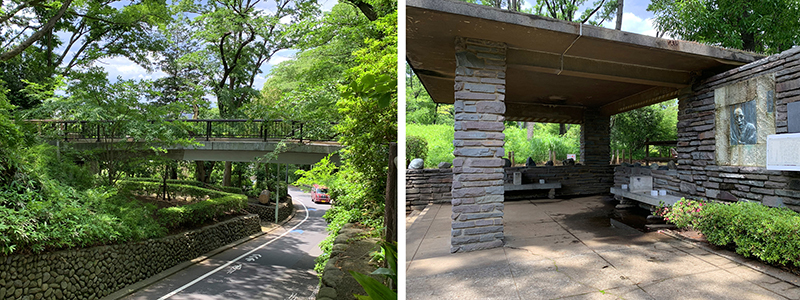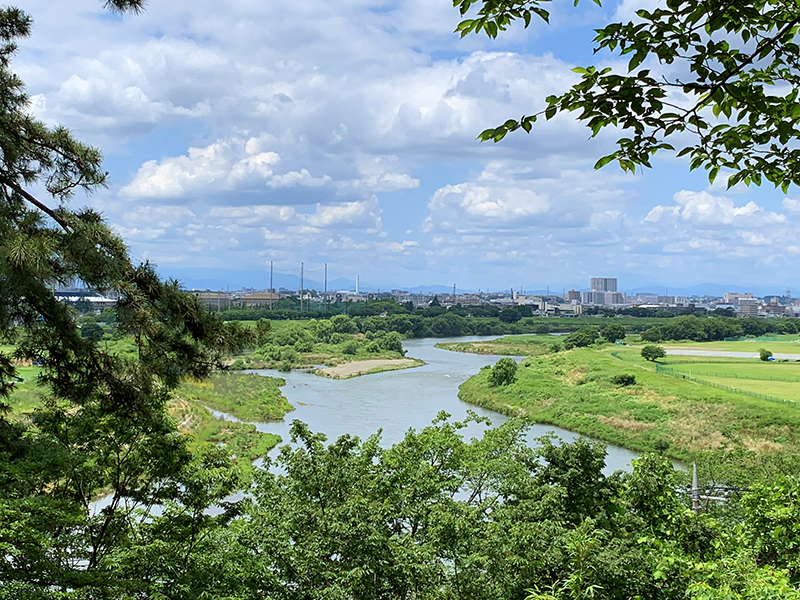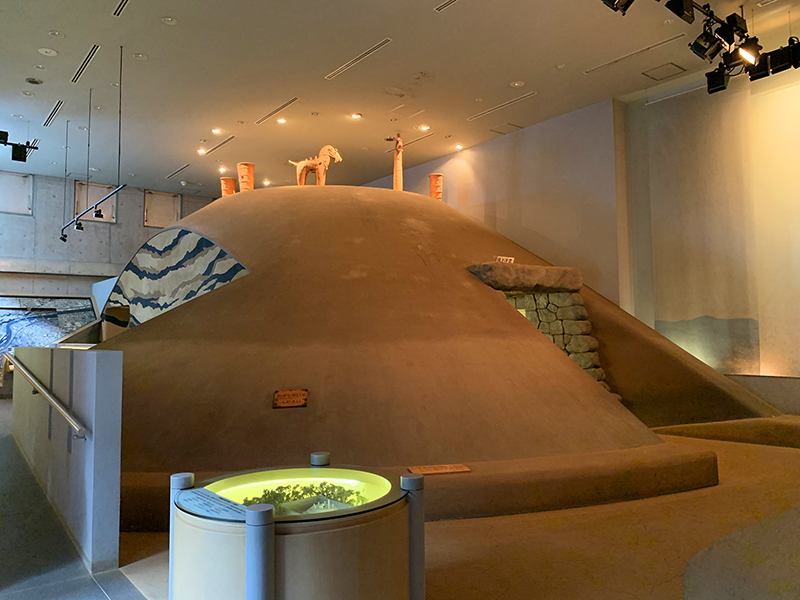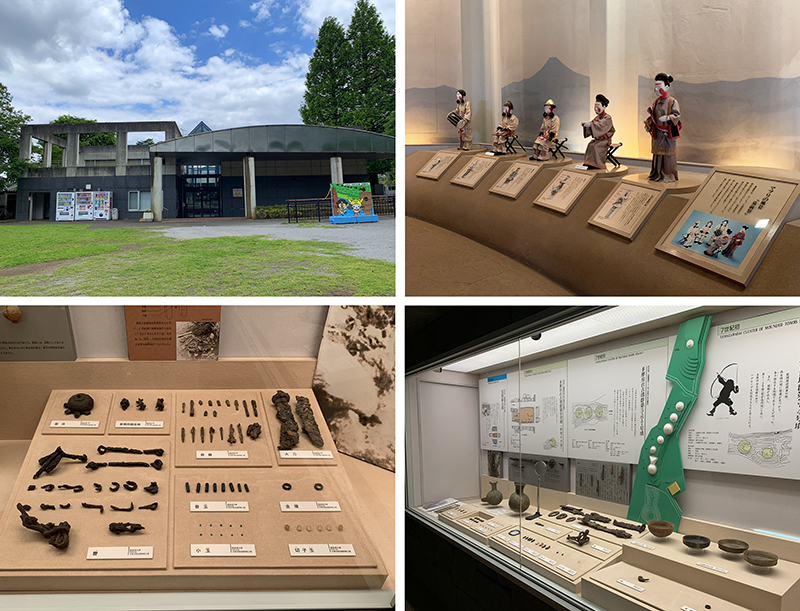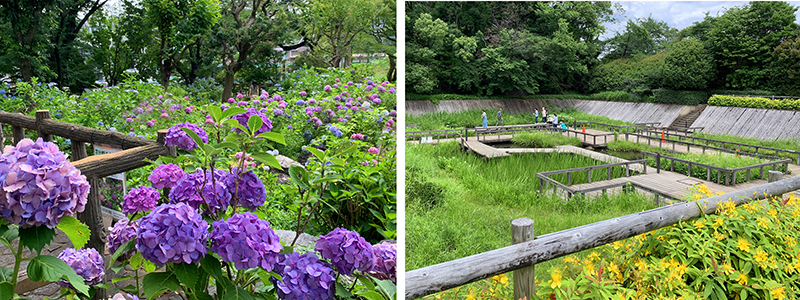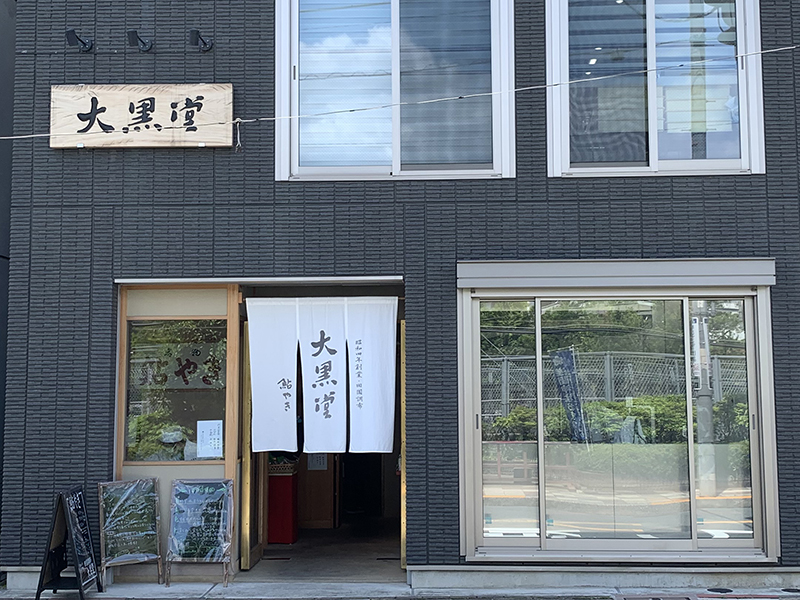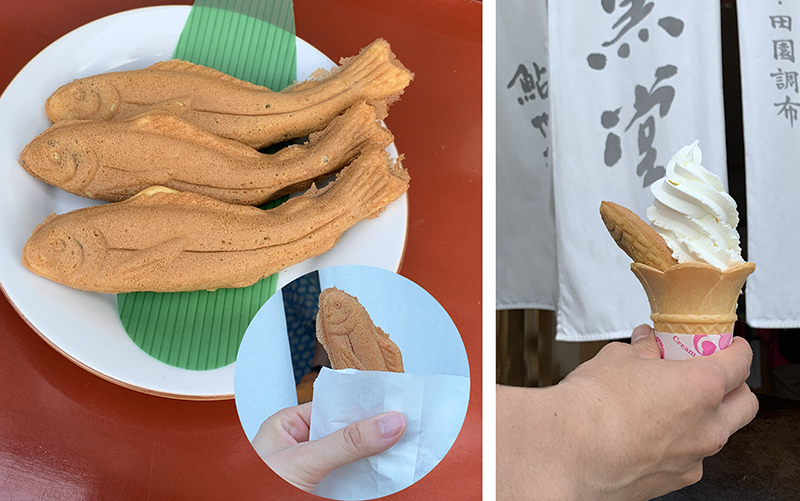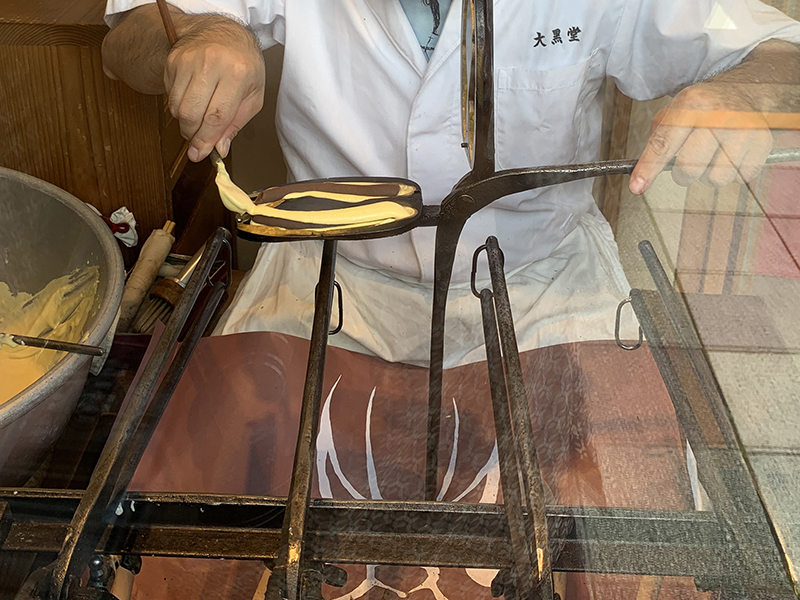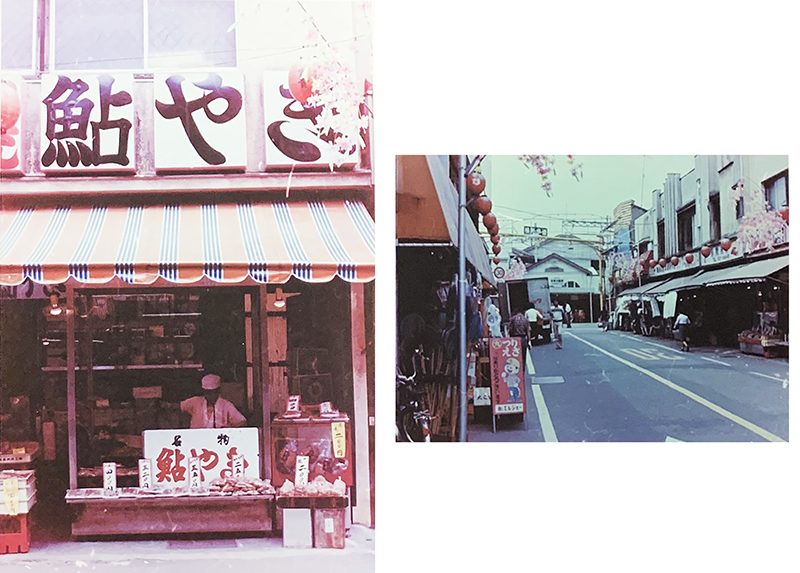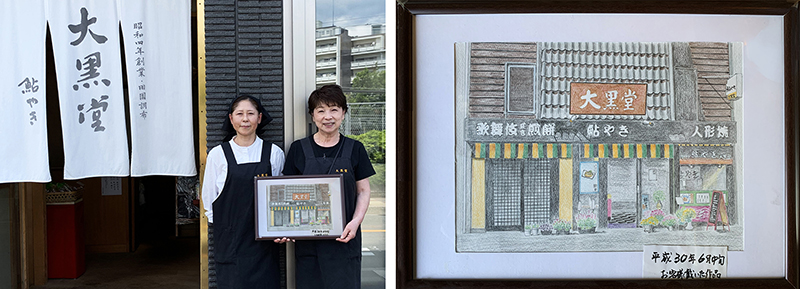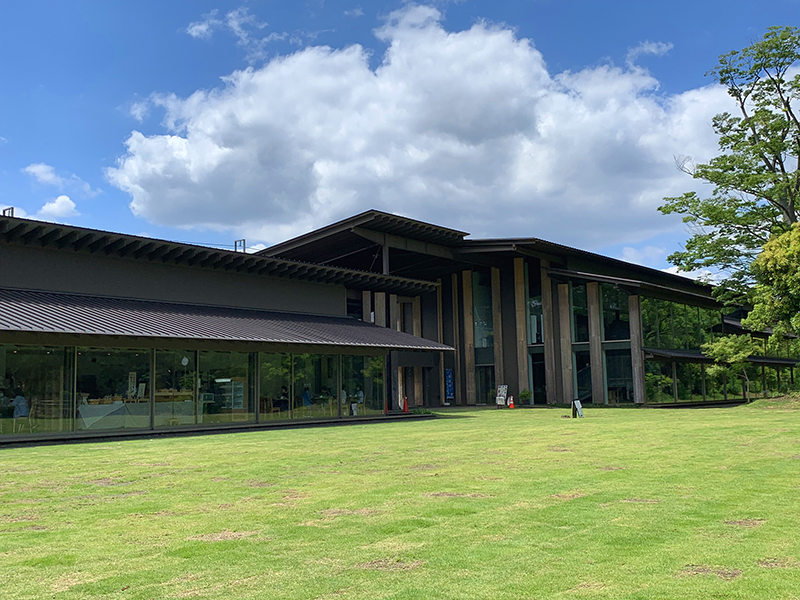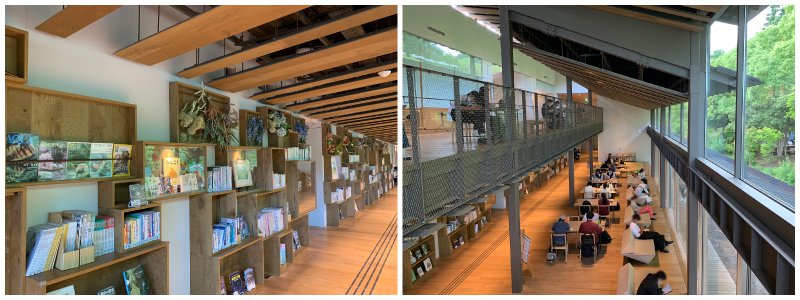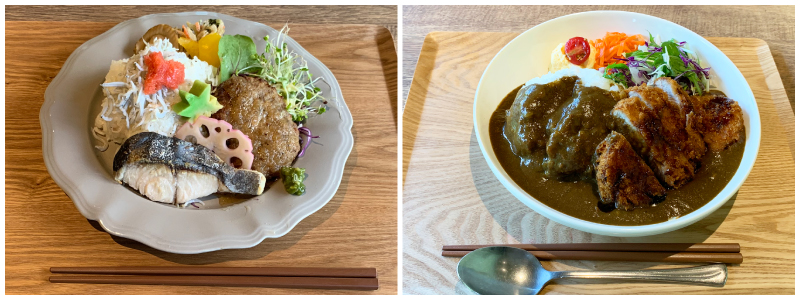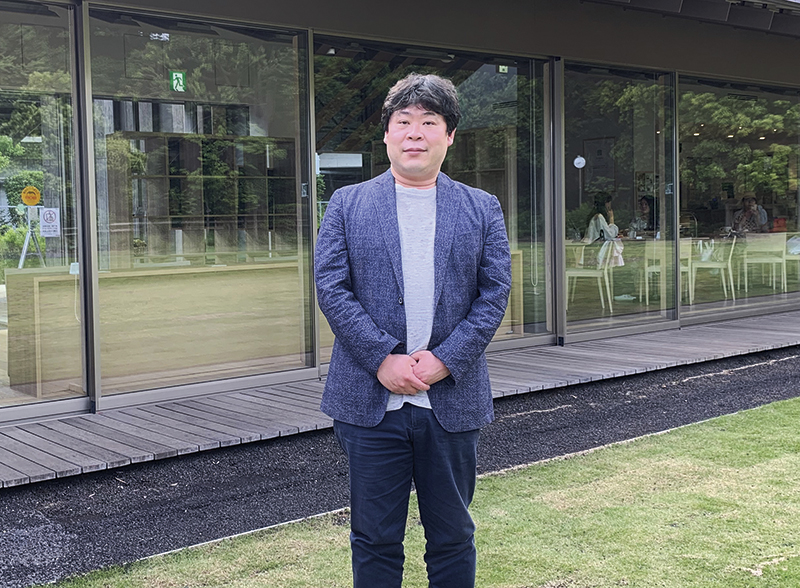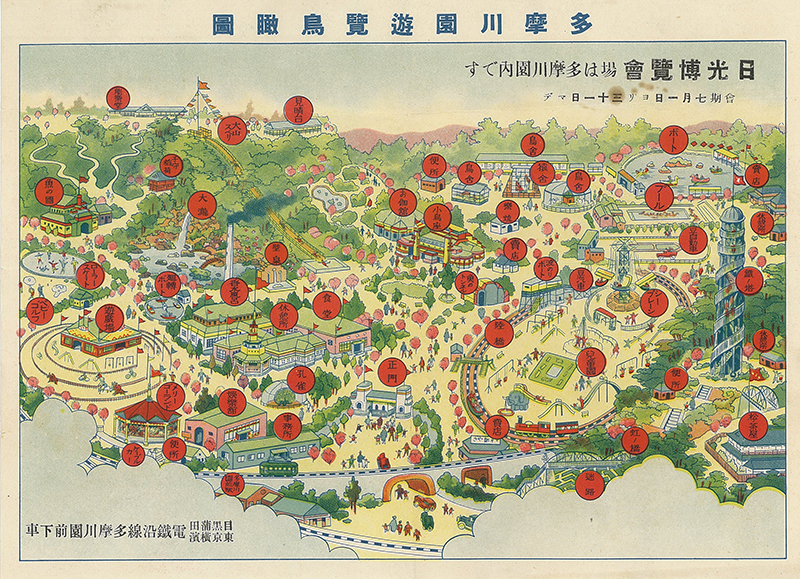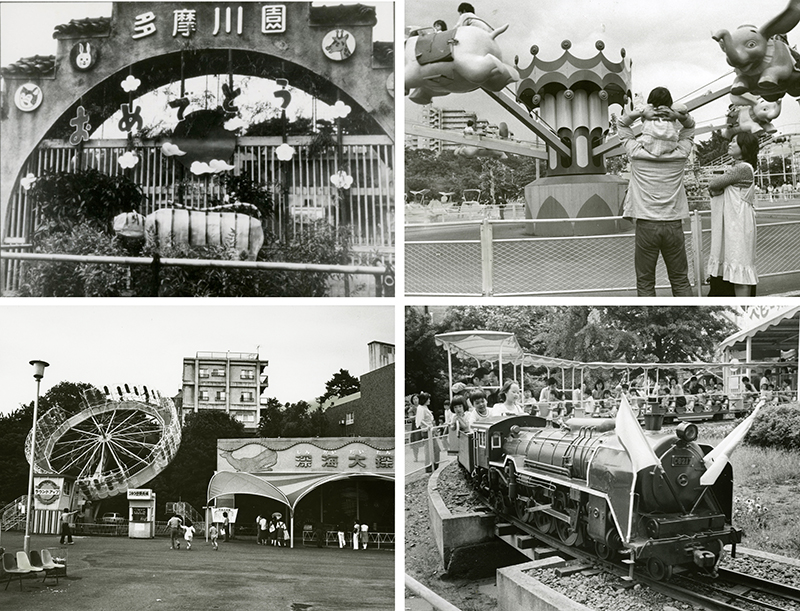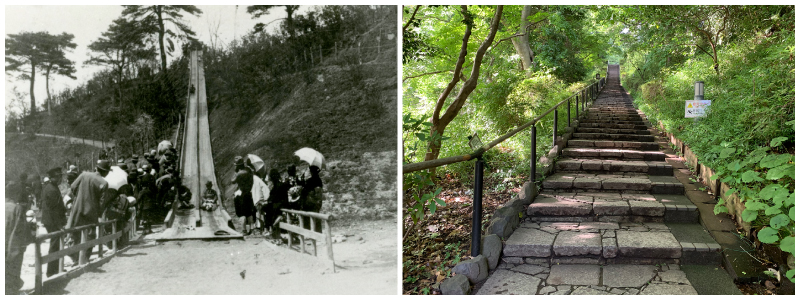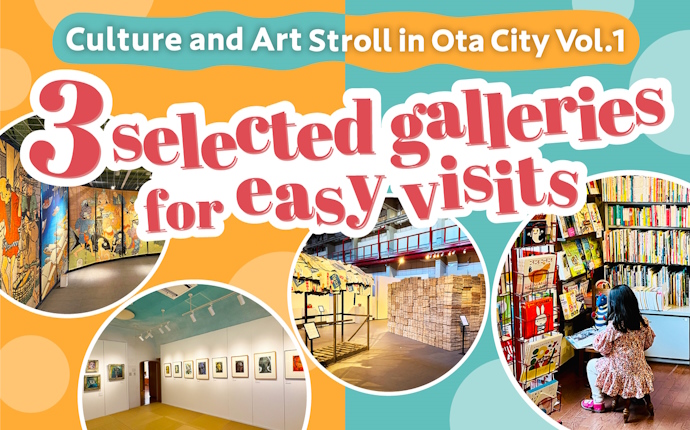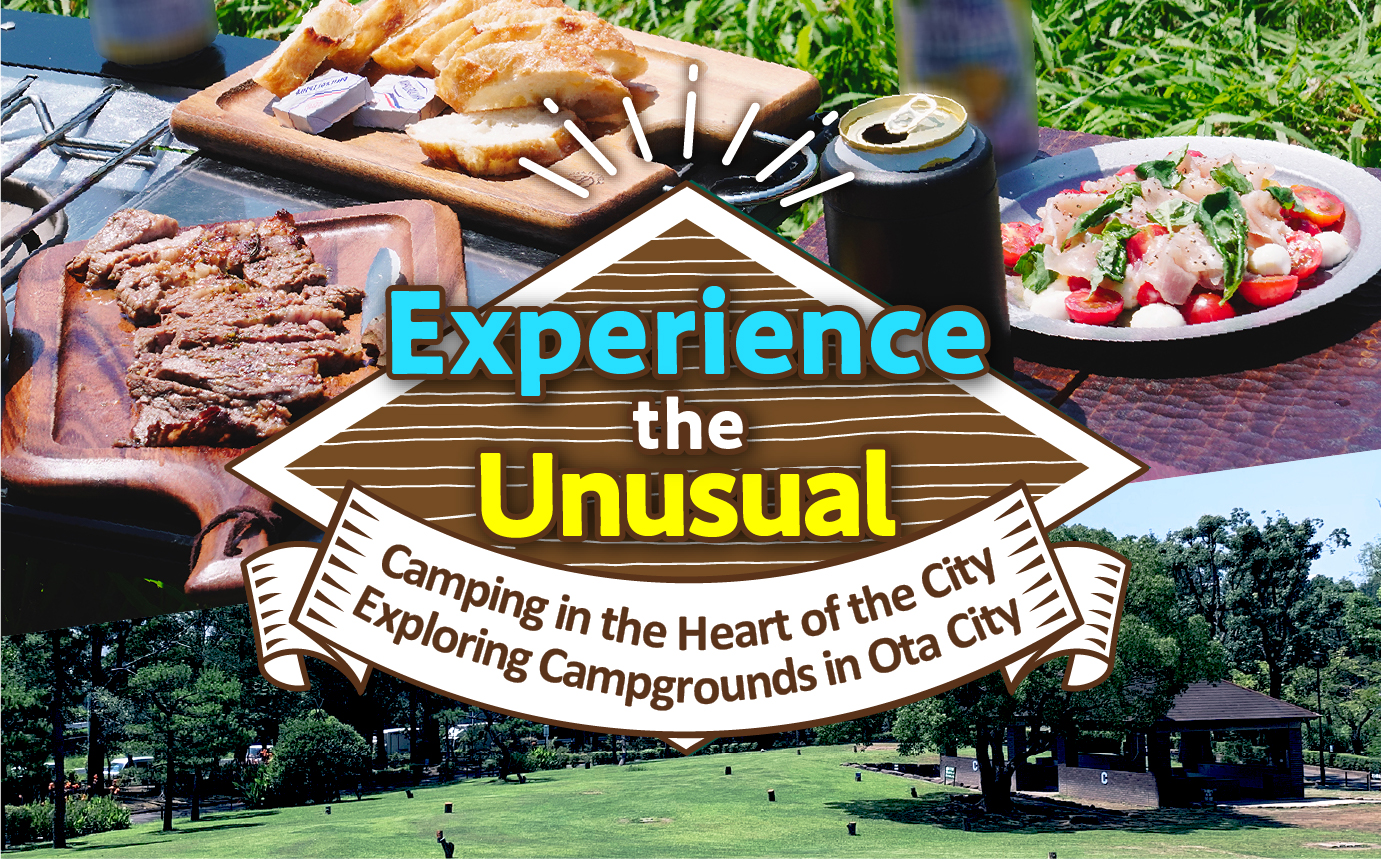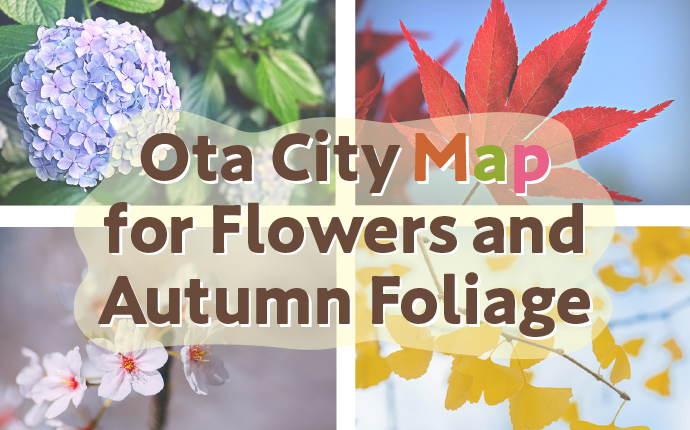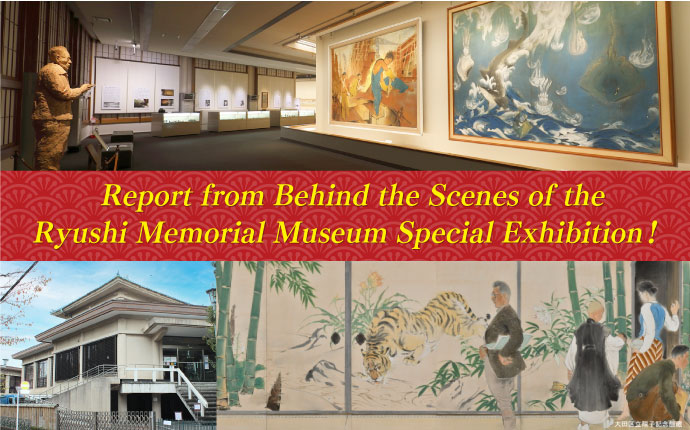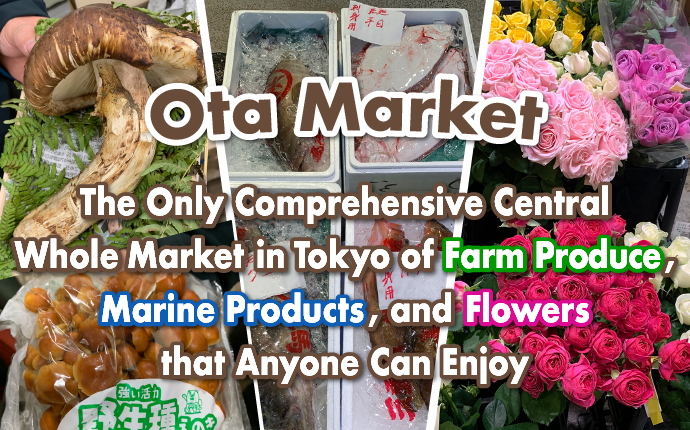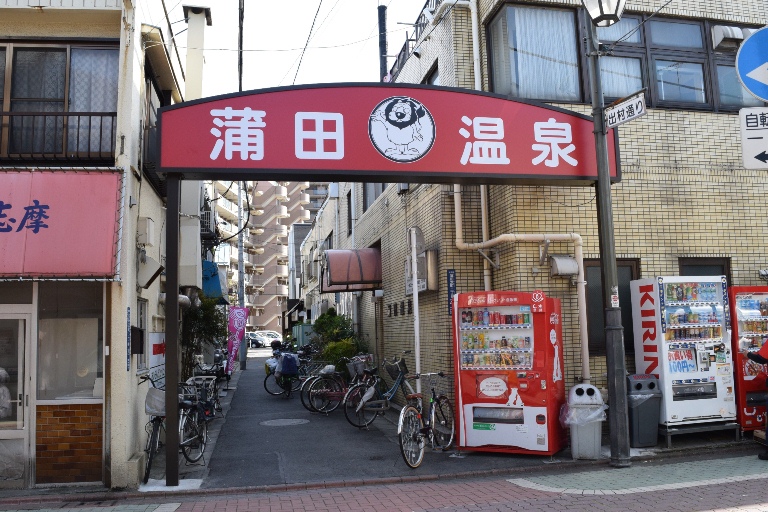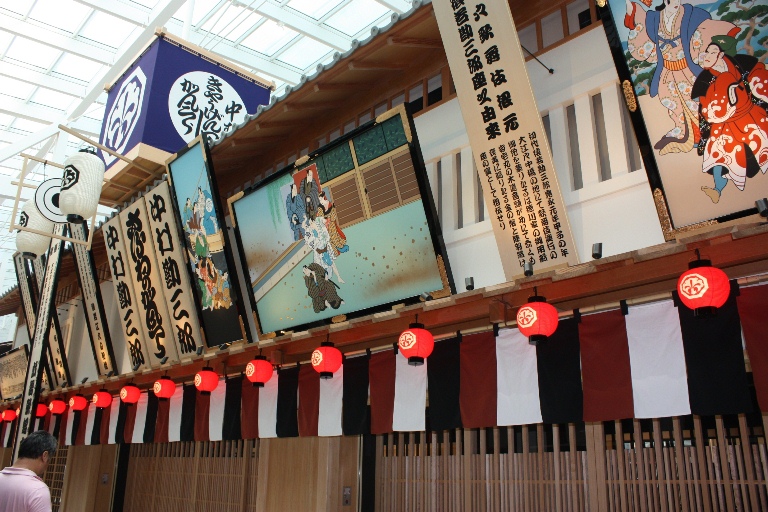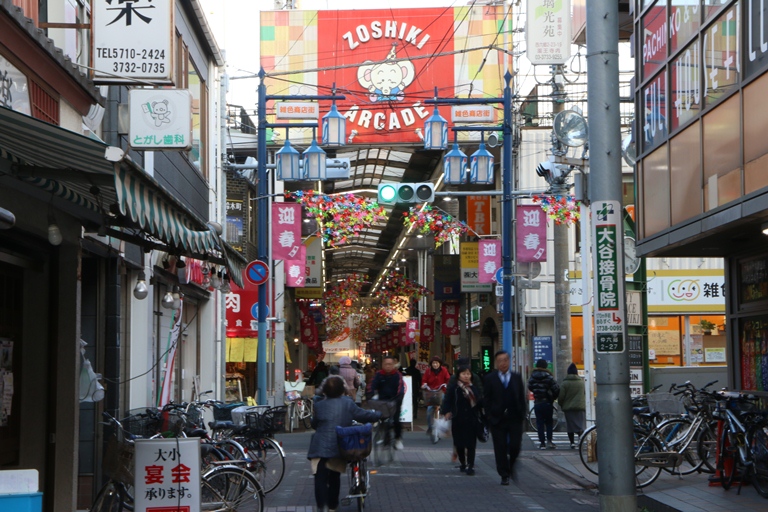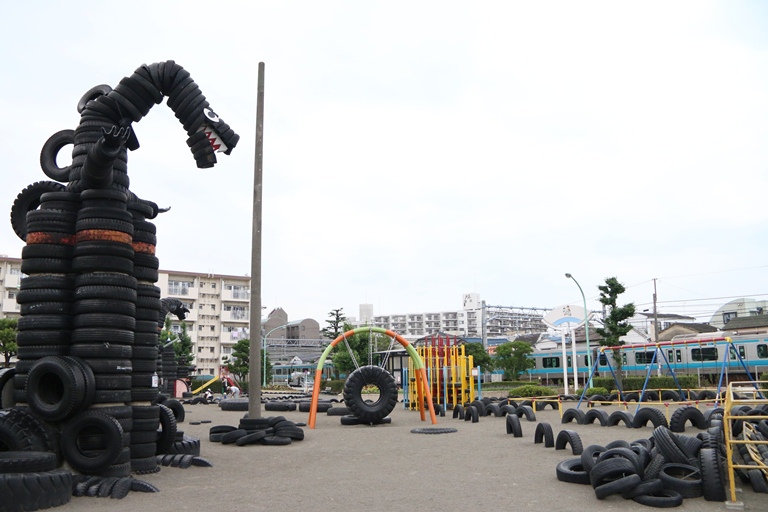We had the pleasure of speaking with Mr. Takahisa Tsukiji, a curator at the Ota City Folk Museum, about Eiichi Shibusawa and the creation of Denenchofu.
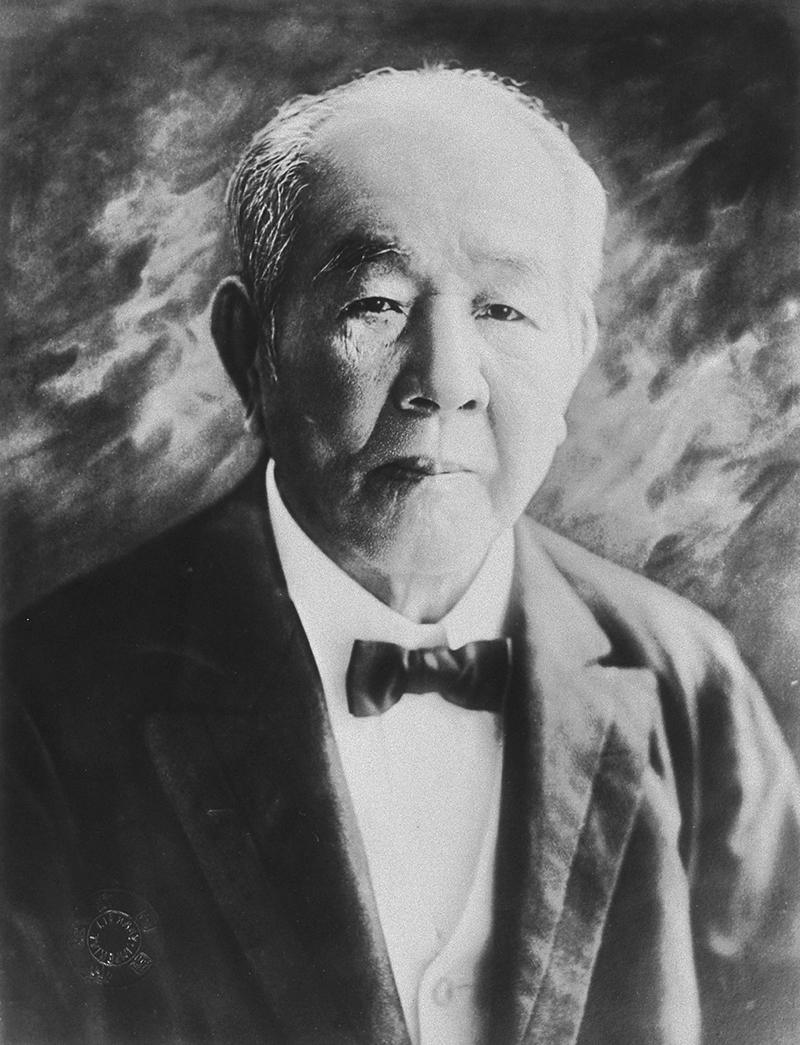 Eiichi Shibusawa, the father of the modern Japanese economy, sourced from “Portraits of Modern Japanese Historical Figures” at the National Diet Library.
Eiichi Shibusawa, the father of the modern Japanese economy, sourced from “Portraits of Modern Japanese Historical Figures” at the National Diet Library.
“At the age of 27, Eiichi Shibusawa traveled to Europe as part of the mission to the 1867 Paris Exposition. Accompanying Tokugawa Akitake, the younger brother of Tokugawa Yoshinobu and the leader of the mission, Shibusawa was profoundly influenced by European innovations in corporations, publishing and paper manufacturing, transportation and railways, and townscapes. After returning to Japan, Shibusawa played a significant role in the new Meiji government and went on to establish several modern corporations, including a paper manufacturing company. He retired from active business at 77 and dedicated himself to social and public works,” Mr. Tsukiji explains.
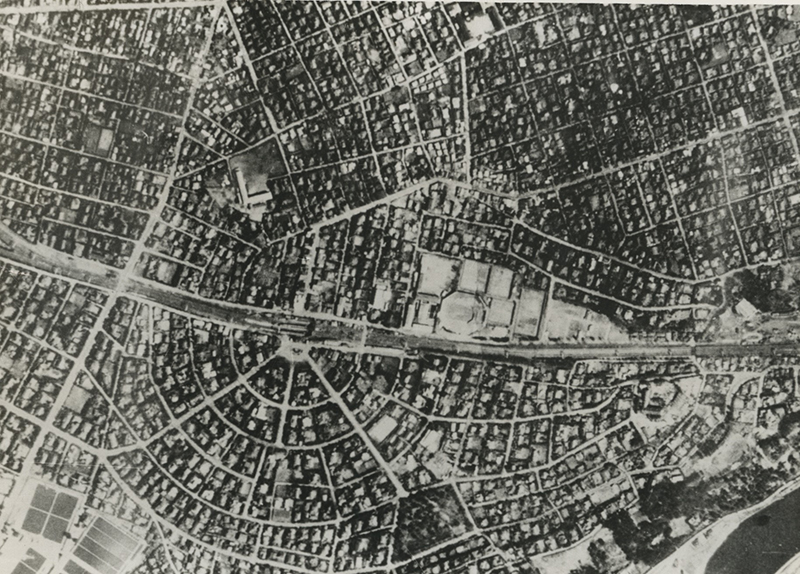 Denenchofu around 1952. The townscape clearly spreads out in concentric circles.
Denenchofu around 1952. The townscape clearly spreads out in concentric circles.
“Post-retirement, Shibusawa turned his attention to urban development. During that period in Japan, it was common for people to live above their shops, but along with rapid industrialization, urban living conditions began to decline. The garden city concept, which originated in England, proposed separating work and residential areas, allowing people to work in the city and live in green, suburban spaces. Shibusawa became the leading promoter of this idea, establishing the Denen Toshi Corporation to create a healthy and safe residential area. This vision led to the development of Denenchofu,” Mr. Tsukiji adds.
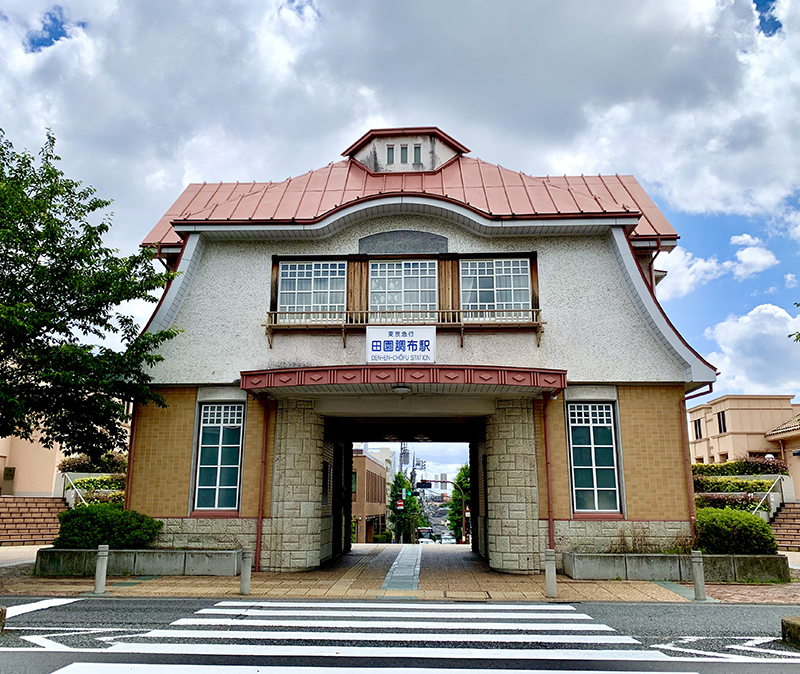 The Denenchofu Station building, originally demolished when the station was moved underground, was rebuilt in 2000.
The Denenchofu Station building, originally demolished when the station was moved underground, was rebuilt in 2000.
Let’s start our journey at the old Denenchofu Station building. The town’s layout, with streets radiating outwards in concentric circles from the old station building, is said to be inspired by the Arc de Triomphe in Paris and its surrounding area.
